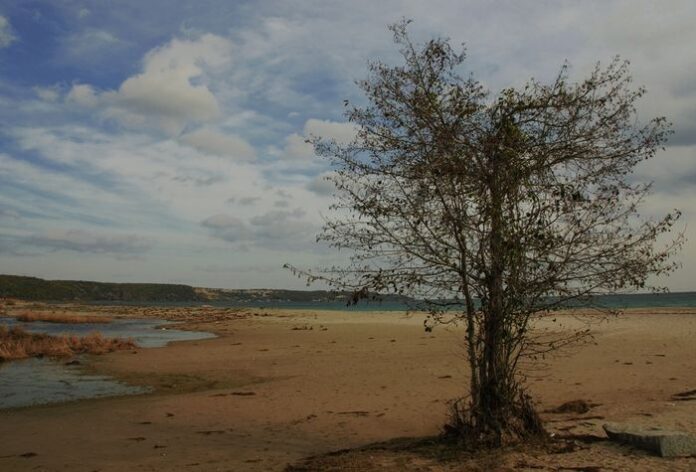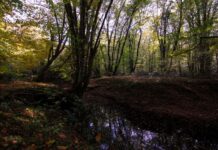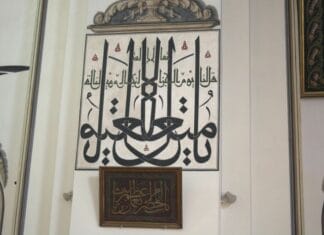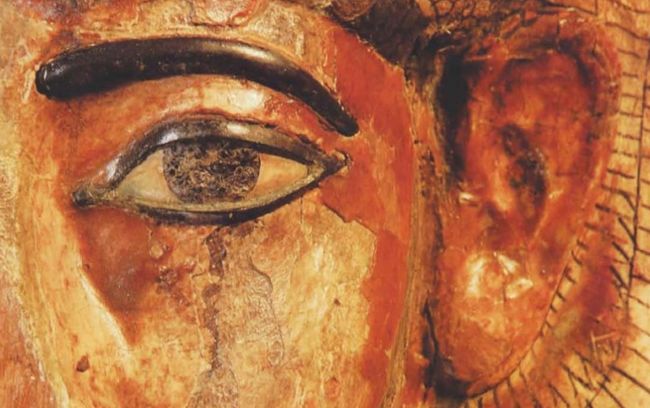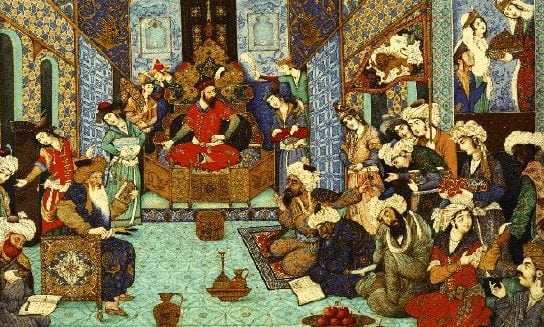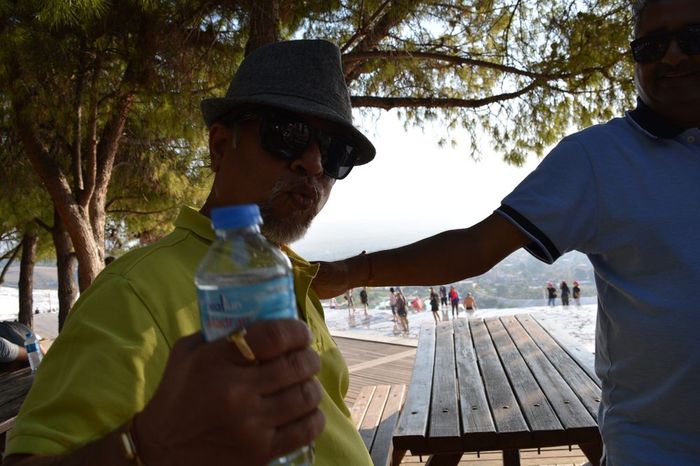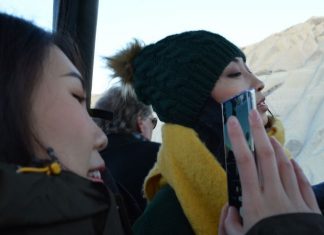In August 1863, a fire destroyed or badly damaged many of the ancient buildings. Today, most of these buildings look old and worn. Their walls are yellow and dirty, clearly needing fresh paint and careful restoration. Everywhere you look, there is a clear sense of neglect.
The Seraglio, once the heart of the Ottoman palace complex, is now mostly empty. Only a few guards and caretakers remain. The entire place gives off a feeling of sadness and poverty. Once full of life and power, the Seraglio now stands quiet and forgotten Most Impressive Treasure a Throne of Gold and Jewels.
The Beauty of the Tiled Kiosk
Among all these decaying buildings, one still shines with its old beauty—the famous tiled kiosk, also called Tschinili or the Mosque of Porcelain. This beautiful building was built by Sultan Mehmed the Conqueror. He wanted it to look like a building he saw in Baghdad.
Luckily, this structure is still in excellent condition. Its porch has elegant pillars carved in detailed patterns that look like lace. The dome above sparkles with golden stars, and the walls inside are covered from top to bottom with bright blue Persian tiles. These tiles still look as fresh and bright as the day they were made.
The doors are made of bronze, and the wooden decorations include pieces of shining mother-of-pearl. The rugs and curtains are made from the finest silk. Altogether, this kiosk is considered one of the most beautiful buildings in all of Constantinople.
The Mysterious Ottoman Treasury
Just across the courtyard lies another remarkable place: the treasury of the Ottoman Empire, also once known as the Green Vaults of Constantine. This building holds an incredible collection of gold, jewels, and priceless treasures. The collection shows the rich and sometimes wild tastes of past sultans.
Interestingly, ordinary Turkish citizens are not allowed to see this treasure. Only a few trusted officials, such as Aghas and eunuchs, are allowed inside. Even they are told to watch each other carefully. No one can visit this place without a special permit signed by Ibrahim Pasha, the private secretary of the Sultan.
Foreign visitors must first ask their country’s ambassador to contact the Sultan. Even then, the Sultan may take several days to approve the visit. He is very protective of the treasury and does not want any unwanted attention. He fears that if the treasures are seen by the wrong person, it could lead to problems Sightseeing Sofia.
A City of Contrast
This part of Constantinople shows a strange mix of glory and sadness. Beautiful places like the tiled kiosk remind us of the empire’s golden age, while the neglected parts of the palace show how much has changed. Even so, the hidden wealth behind guarded doors keeps the mystery of the Ottoman Empire alive.
